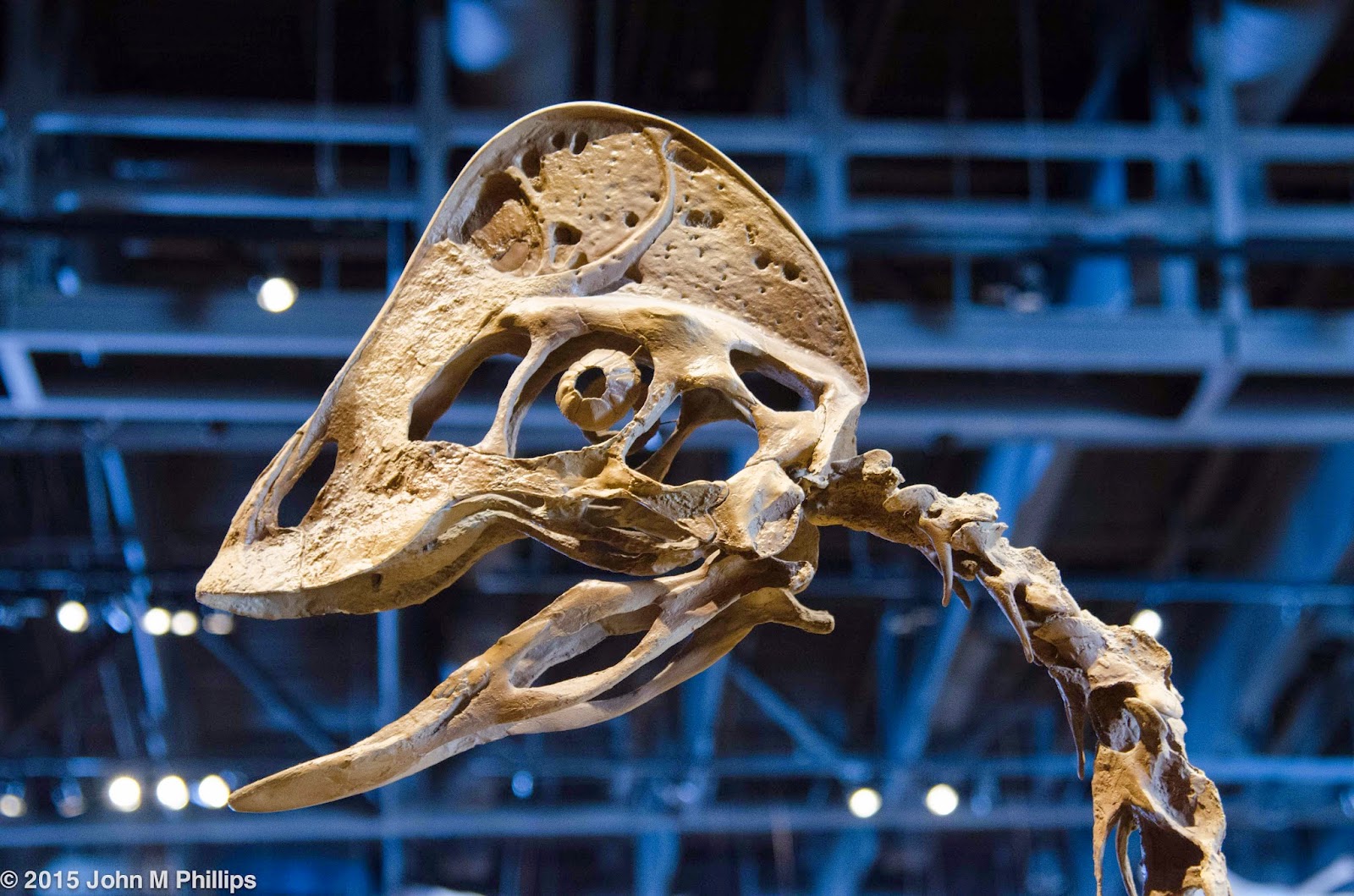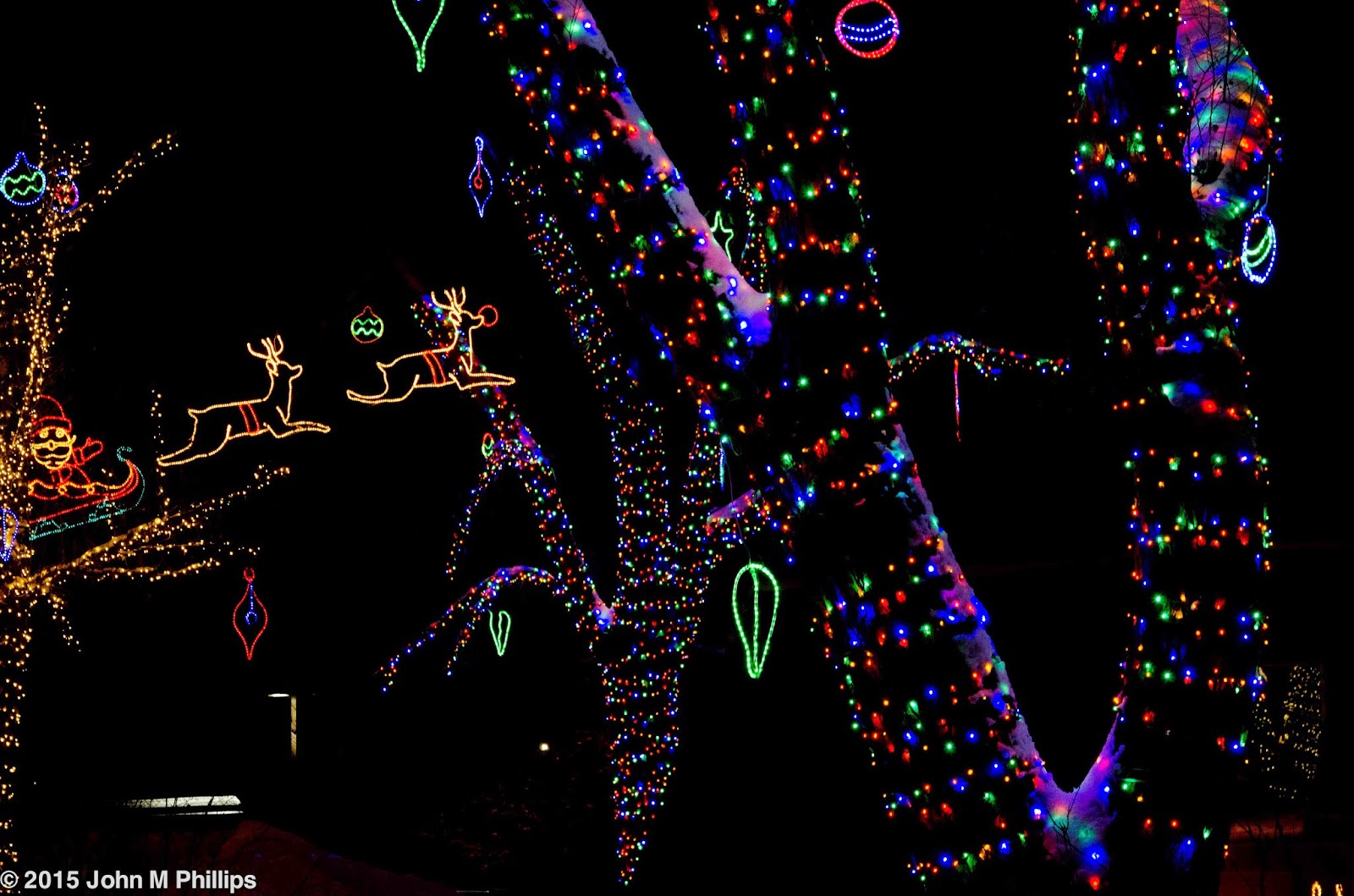During our visit with our family over the holidays, I took quite a few photos of our grandson, Stanley, an active 19-month old. I recognize that portraiture is one of my weaker skills, and that's when the subjects are knowingly engaged in the photographic process. Stanley's not yet at the age where he understands that process, so he is not particularly interested in posing or even sitting still for any length of time. And that just added to my challenges.
I thought in this post I would show some of the photos I took and attempt to sort out and comment on my success and lack of success, with the hope of learning something in the process that I can apply the next time around.
It should be kept in mind that I probably took between 60 and 80 photos of Stanley during our four-day visit. I considered a large number of those to be "busted" shots because of movement, poor lighting, or compositional problems, and many of the rest were duplicative or otherwise forgettable. But I did come away with a few shots that were at least "keepers."
I took any number of shots of Stanley by himself, as in the following.
Forget that he has a prominent colic at the top of his head; at least he is displaying his infectious smile. There is also a chair in the background, but I'm OK with that because it is out of focus and adds a bit of context. On the other hand, I wish that Stanley had been looking into the camera, as he was in the following shot.
This shot conveys more personality, I think, than the prior one. Too bad that it's not quite crisp and that the lower part of his face is obscured.
I was beginning to get the message that props could be helpful, as the following photos illustrate.
Stanley really didn't want to be wearing this hat, and each time his mom put it on he immediately took it off. Hence the movement in his left hand in this shot. But he is almost looking into the camera, which helps the shot.
Although Stanley is not looking at the camera at all in the above shot, the fact that he is engrossed in working with his toys helps to tell a bit of a story.
This last is my favorite of these shots, as he is (almost) looking at the camera and is definitely telling us something about his green block.
There are situations that call for solo portraits and others where having other family in the shot serves to advance the story. Here are a few of those shots.
Not a great composition, but, hey, this was Christmas present opening time.
Stanley with Grandma. The fact that she is holding him gives the impression of his being younger than he is. Otherwise, it's a pretty good shot of both, as they are more or less looking into the camera. Grandma's face is partially obscured, but I decided that having their faces close together helps to create a sense of relationship that can be lost when each person in the shot is in their own space, so to speak.
The following shots of Stanley with his dad, even though they are not as close together as in the above shot, seem to work because they are engrossed in a common activity.
Finally, I took a few shots of Stanley with his mom and dad. They turned out OK--for planned family portraits. But they had the problem that they looked staged. However, I did like the following shot where dad decided to turn Stanley upside down, something that it is evident he still thoroughly enjoys.
So what did I learn? First, getting Stanley to look into the camera seems to convey the most personality. Otherwise, using physical props can serve to create a sense of candor and story. Finally, having other family members in the photo can also help, particularly when it is apparent that they are engaged in a common activity.
John






















































